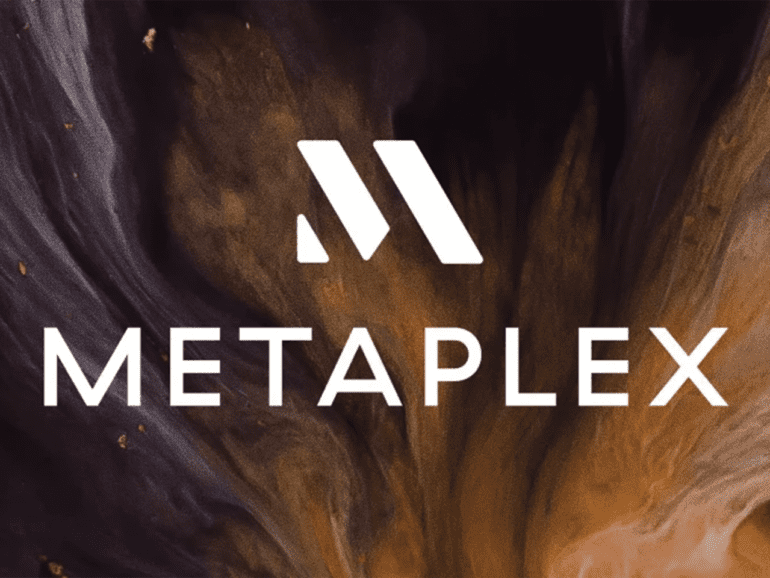As August comes to a close, Metaplex, a Solana NFT platform, announced it surpassed $1 billion in direct NFT sales after one year. The firm said creators minted 14 million NFTs on the Solana network using the Metaplex Protocol, generating over $3 billion in direct and secondary sales in a year.

Stephen Hess, CEO of Metaplex Studios, an NFT company built on the Metaplex Protocol, said it has been amazing to watch creators flock to the community in such a short time. 4.1 million total wallets have held Metaplex NFTs to date.
“In just one year, the explosive success of the Metaplex Protocol and ecosystem has affirmed one of the promises of Web3,” Hess said. “Emboldened to pursue their creative visions and build enthusiastic fan bases, these creatives are becoming entrepreneurs who think of their one-off projects as entire worlds with commercial IP. NFTs are for everyone, and so is Metaplex.”
Cheaper and eco-friendly
Hess said the community had been a boon for creators seeking a less expensive and more environmentally friendly alternative to ethereum. The NFT minting fees are around $0.15 versus $55 – $200 on Eth.
The Metaplex Protocol built a suite of programs and tools for creators to launch and release NFT collections. More than 100,000 creators have entrusted the Candy Machine program specifically with generating an NFT with pictures and metadata.
Ash Pmapati, Head of Partnerships at Metaplex studios, said that through partnerships with OpenSea, Fractal, and Rarible, Metaplex aims for a shared and open market for NFTs — what he calls a core tenant of the Web3 economy.
“Metaplex Protocol NFT standards and contracts have helped generate billions in revenue for independent creators of all categories,” Ash said. “We’ve seen the emergence of new blue chip NFT projects like DeGods and OkayBears along with the development of blockchain games like Nyan Heroes and Genopets.”
The platform said it sees one million Metaplex NFTs minted every 18 days across 2 million wallets.
Larger communities are using the Metaplex Protocol to explore the bleeding edge of NFT utility on Solana as well; recently, Metaplex was used in partnership with Lollapalooza 2021 and for the launch of the Coachella Keys Collection. In April, the project claimed that over 63,000 festival attendees claimed NFTs during the festival, the world’s most extensive NFT activation in history.
Driving improvements to the Metaplex ecosystem
Metaplex announced a partnership last week with Strata Protocol as part of the firm’s commitment to building a dynamic ecosystem for its community. Metaplex integrated Strata Protocol’s Dynamic Pricing into the mint feature in the league. Users can use the pricing tool to set Dutch Auction style mints, changing prices with demand to keep out botting.
During a typical fixed-price public mint, the firm said, everyday minters have a meager chance of acquiring an NFT, competing against bots and click-farms. A lucky few gain access to an allowlist, an inherently exclusionary practice inconsistent with the inclusive ethos of Web3. The new dynamic pricing mechanism means that minters have the chance to purchase the NFT at a fair price.
Dynamic pricing enables creators to be compensated equitably for their work: In a public fixed-price minting process, most of the value is extracted by those looking to flip on secondary markets (currently, primarily botters.) If we want creators to choose Solana, we have to capture value for them.
NFT communities are built to last when they incentivize long-term holders and protect collectors who are passionate about the art. Beyond a better minting experience for all, a dynamic pricing mechanism is especially great for long-term holders as it can result in the project creators having more funding to implement their roadmap and future projects within their vision.


